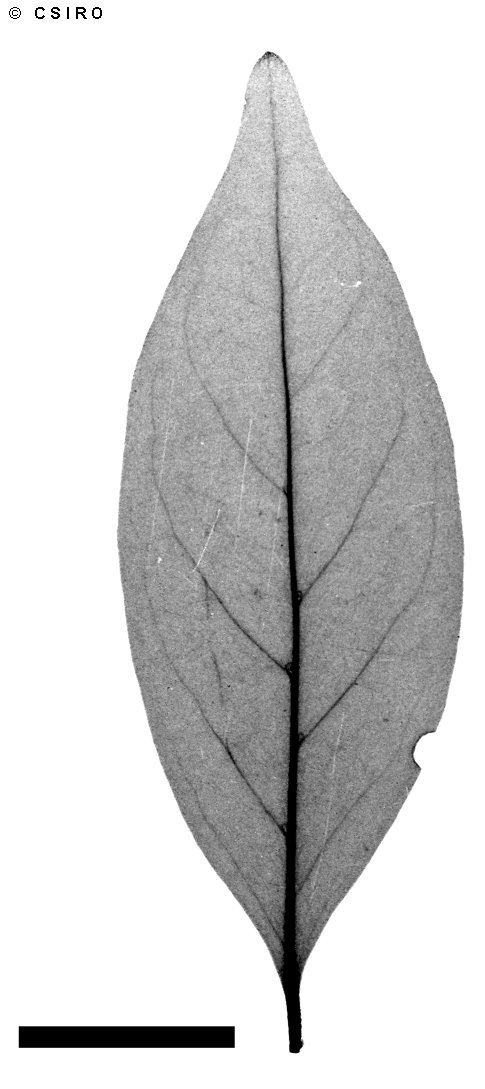Australian Tropical Rainforest Plants - Online edition
Randia sp. Peninsula (G.Stocker 1321)



Provisional HISPID phrase name.
May grow into a small tree, so far recorded as a shrub about 3-5 m tall.
Flowers about 15-24 mm diam., solitary at the apex of short branchlets. Calyx tube (hypanthium) about 5.5 mm long, calyx lobes about 0.5 mm long. Corolla tube about 30-32 mm long, slightly dilated at the apex, corolla lobes about 10 x 4 mm. Stamens sessile, anthers about 7 x 0.4 mm, inserted in the throat of the corolla tube. Style about 21 mm long, stigma 3-lobed, about 4 mm long.
Cotyledons +/- orbicular, about 8 x 6-7 mm. First pair of leaves stipulate, narrowly elliptic, margins smooth. At the tenth leaf stage: stipules interpetiolar, apex subulate. Straight thorns present in the leaf axils on lateral branches. Seed germination time 33 days.
Endemic to CYP, known only from collections made in the Claudie River and Bamaga areas. Altitudinal range small, from near sea level to 100 m. Grows as an understory plant in well developed rain forest.





